Katayama Shuzo Sake Brewery Tour””
Eat & Drink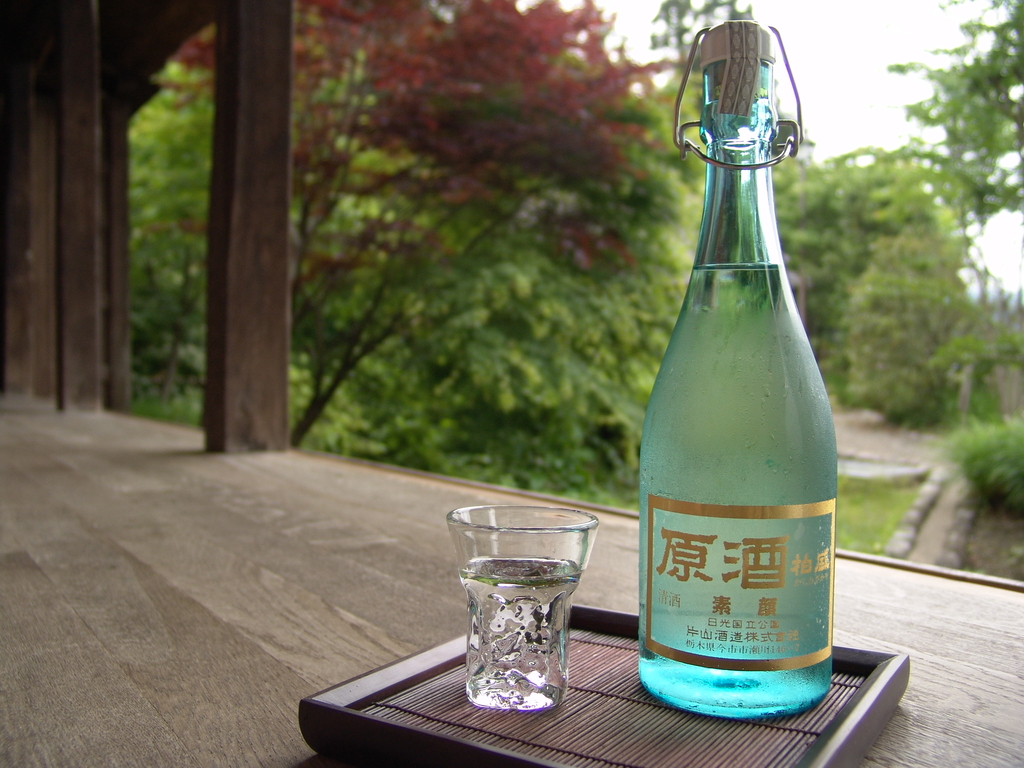
We use cookies on this site to enhance your user experience. If you continue to browse, you accept the use of cookies on our site. See our cookis policy for more information.
Japan stretches north to south and differs by region in climate, culture, and local specialties nurtured by the regional soil. Tochigi Prefecture is situated approximately 100 km north of Tokyo in an area that extends from mountainous land into an open plain. It also has a variety of local specialties nurtured by the mountains and clear streams that flow from those mountains. Among the many local specialties of Tochigi Prefecture, here we focus on well-known specialties unique to Japan—wagyu (Japanese beef), yuba (tofu skin), and Japanese sake (rice wine).
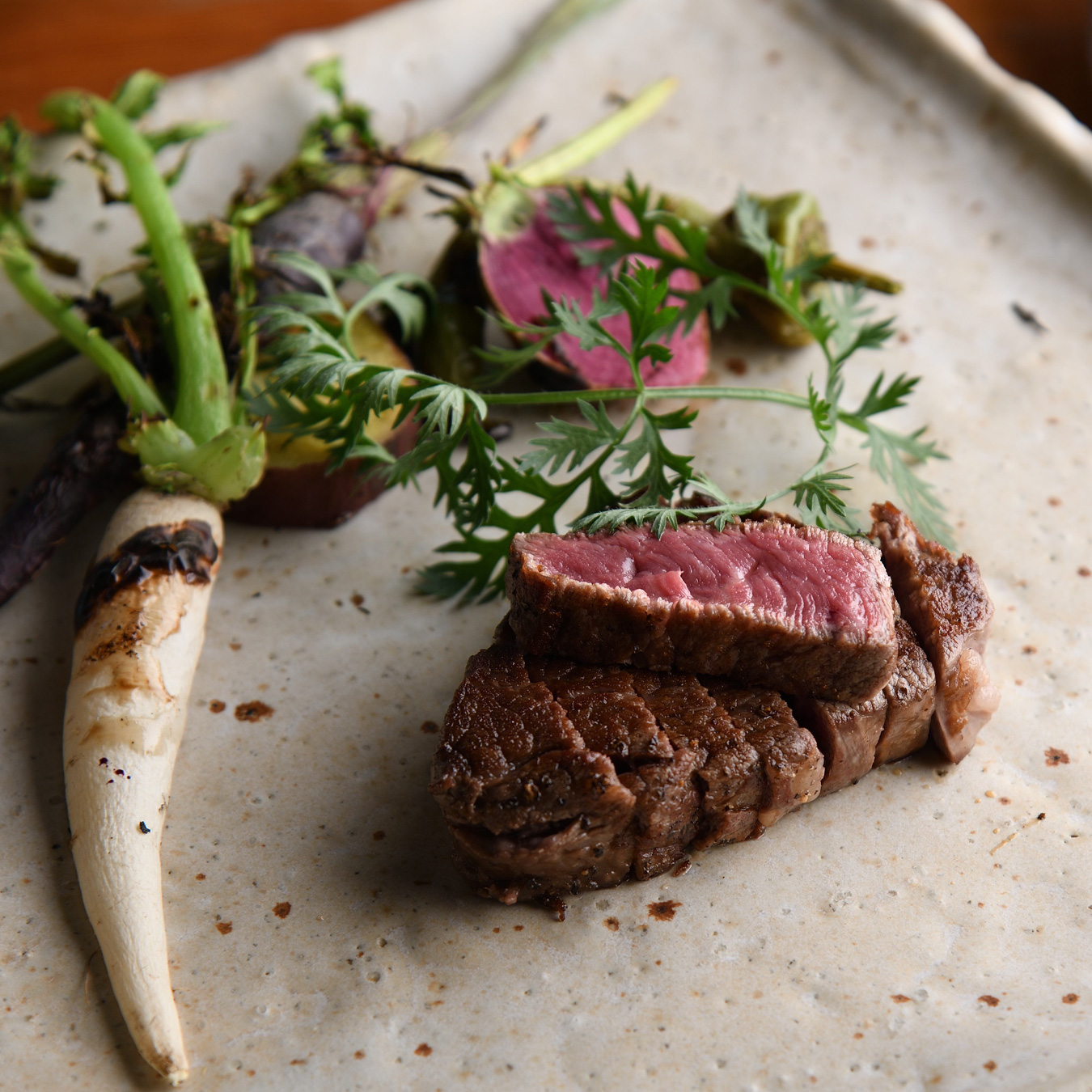
Wagyu is popular abroad as well as in Japan. The Tochigi Wagyu brand produced in Tochigi Prefecture comes from Japanese Black cattle and is the highest quality of wagyu. Currently, there are around 200 designated cattle farmers who produce Tochigi Wagyu in Tochigi Prefecture, including the very first to become a designated producer of Tochigi Wagyu in 1988, Watanabe Farm.
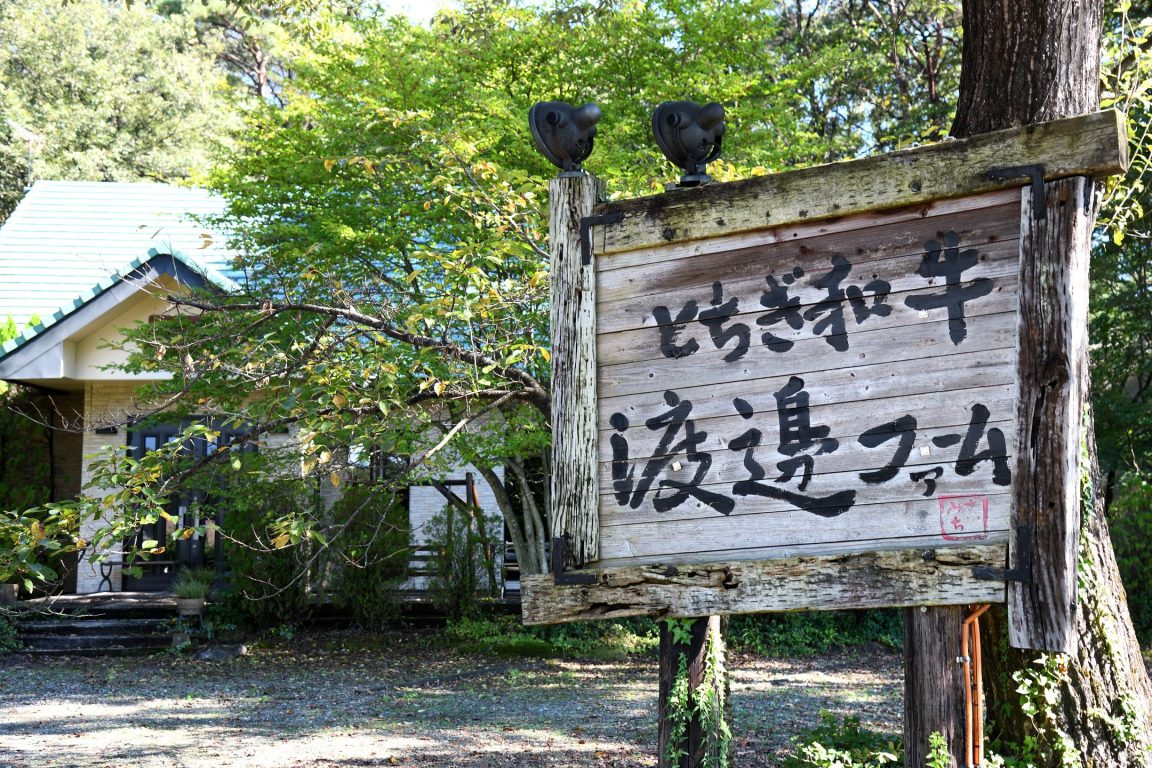
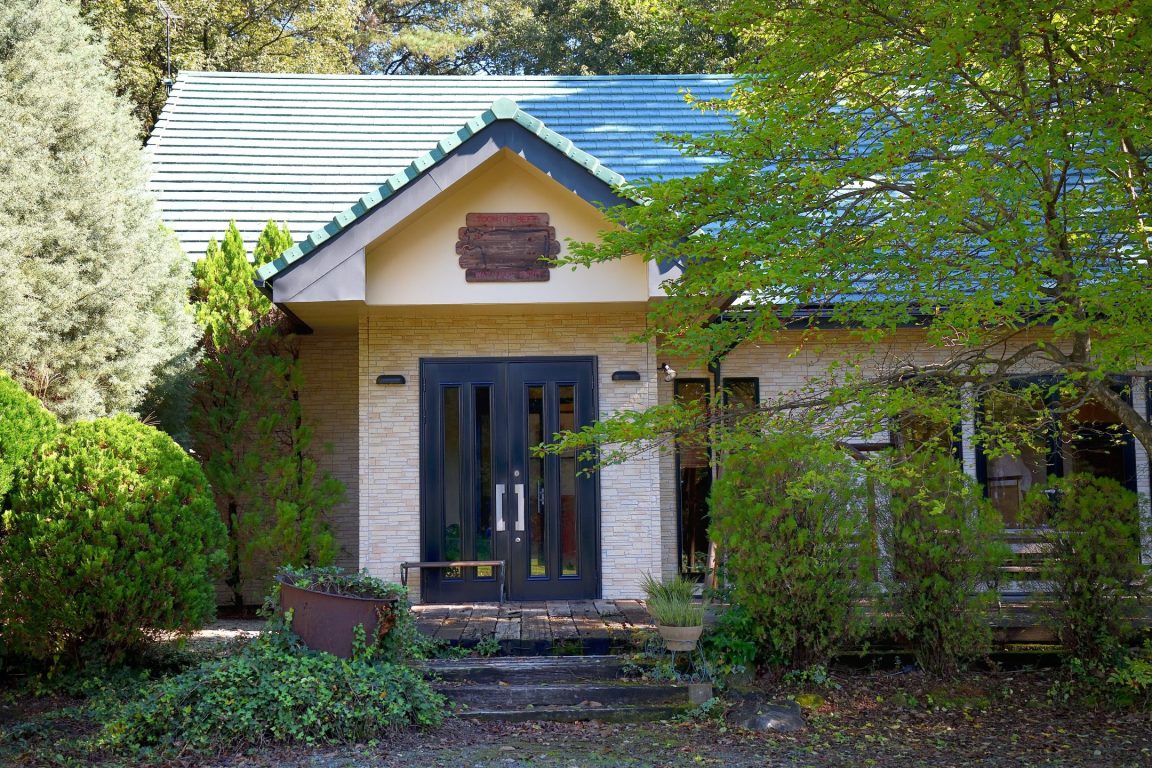
The second-generation owner, Satoshi Watanabe began running a restaurant about twenty years ago in addition to the livestock farm he inherited from his family. Watanabe Farm raises cattle and produces organic rice and around 60 different vegetables yearly, and its restaurant is an unusual establishment in Japan as it prepares and serves foods that have been cultivated onsite.
The barn where Tochigi Wagyu cattle are raised is located just a few minutes by car from the restaurant. At the moment, approximately 70 head of cattle are being raised.
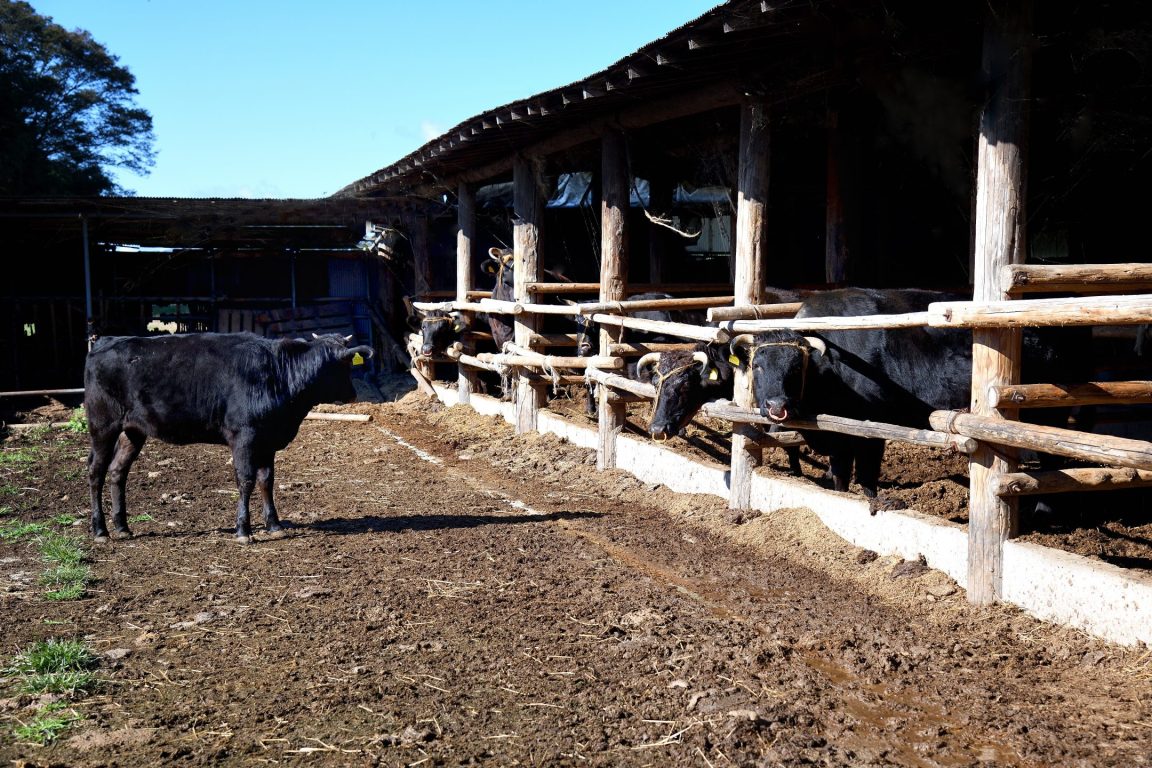
Tochigi Wagyu is characterized by a fine texture, tenderness, and meat that has a full-bodied flavor, yet is light and easy to eat. To sufficiently elicit those characteristics, Watanabe Farm is careful to provide a stress-free environment and high-quality feed.
Watanabe: We raise each head of cattle in a single enclosure rather than in groups of five to ten to an enclosure because raising them in groups places stress on the cattle.
The feed is a blend of over ten different grains tailored to their growth, and the amount is also changed for each head of cattle. We grow rice as well, so we feed them harvested rice straw which contains lots of good microorganisms, so it’s good for the cattle’s health. To increase the beef’s flavor, our meat is only shipped from cattle that have been monitored daily and raised for over two-and-a-half years.
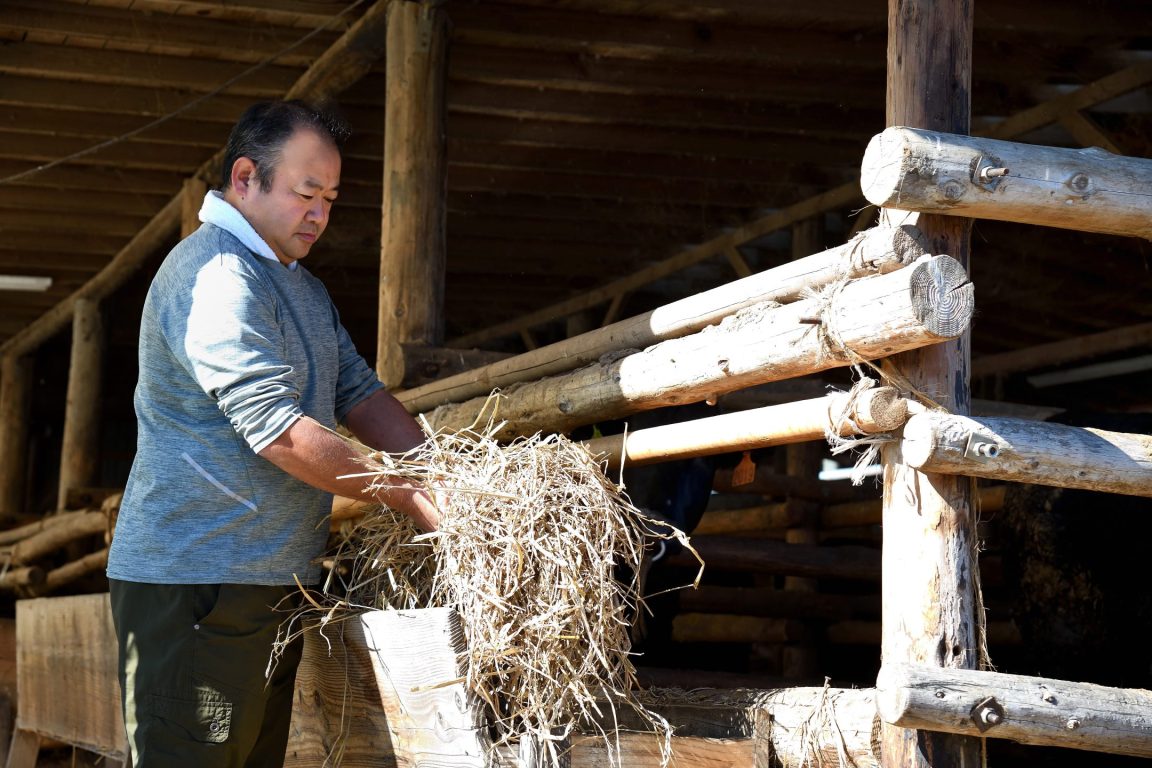
Mr. Watanabe is also a chef who trained at a French restaurant in Tokyo. He utilizes his accomplished skills to prepare dishes using the best beef, rice, and vegetables that have been carefully nurtured at Watanabe Farm.
If you visit Watanabe Farm, you will want to try the Chateaubriand steak prepared from rare cuts of beef. You are sure to be pleasantly surprised at the tenderness and flavor of the meat.
Watanabe: I’m careful not to add any unnecessary seasonings when creating dishes. I want diners to enjoy the unadulterated flavors of the ingredients.
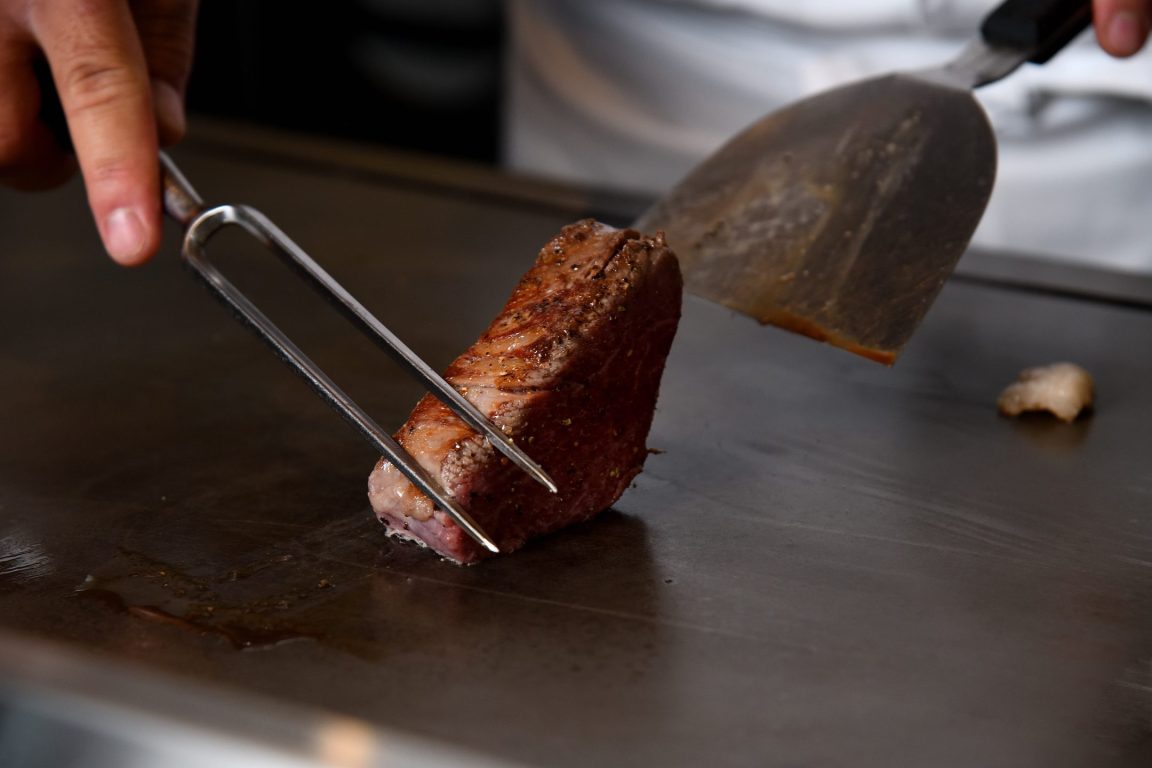
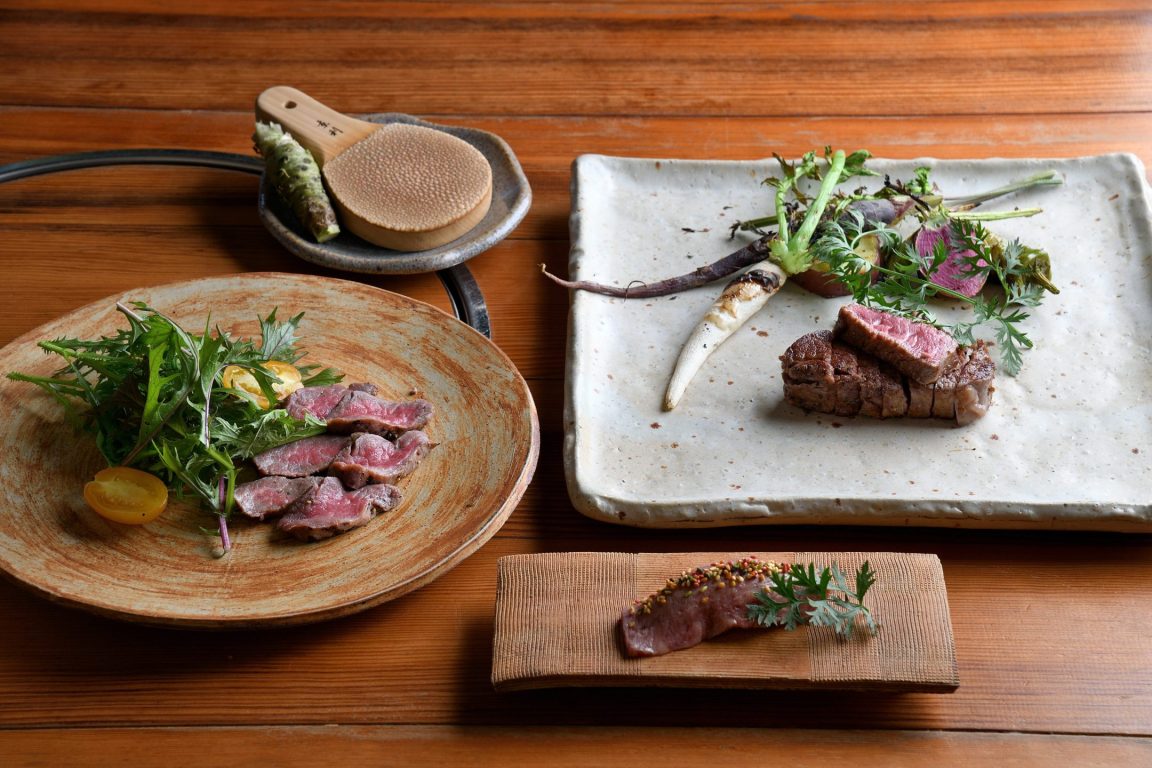
Watanabe: We don’t do any publicity or advertising, but our reputation has grown by word of mouth. This year marks twenty years since we opened the restaurant. In the future, we want to prepare processed beef and vegetable products such as charcuterie and dressings so that even more people can experience the flavors.
Have you heard of yuba? The healthy food full of plant protein is made by boiling down soymilk and collecting the skin that forms on the surface. It is said to have been introduced to Japan around 1,200 years ago by a monk who traveled to China and came to be eaten in Japan as an ingredient used in ‘shojin ryori’ (dishes made of vegetables, tofu, etc. that comprised vegetarian meals for ascetic monks who adhere to Buddhist teachings).
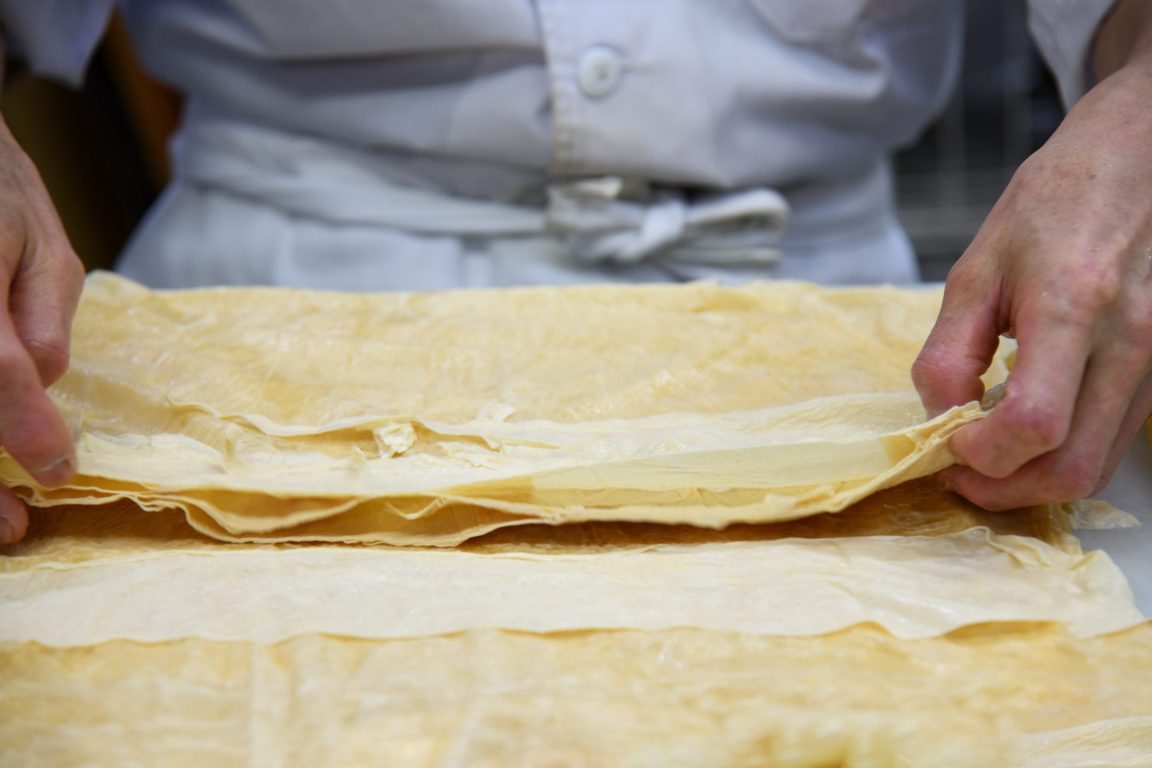
Yuba started being eaten in the city of Nikko in Tochigi Prefecture in the Kamakura period (1185–1333). This came to be when mountain asceticism became actively practiced in Japan and ascetic monks gathered at shrines and temples in Nikko such as Rinno-ji Temple.
Furthermore, shojin ryori began being served to pilgrims staying in lodging houses in the vicinity of Nikko Toshogu Shrine from the early Edo period (1603–1867) when it enshrined Ieyasu Tokugawa (1543–1616), the general who brought long years of war to an end and unified Japan. Later, lodging houses and restaurants added their own creative touches and improvements so that today yuba has become known throughout Japan as a specialty of Nikko.
Here we introduce Ebiya Chozo, a yuba shop that was founded in 1872. The long-established, historic shop produces yuba that is used in shojin ryori served at Nikko shrines, temples, and festivals.
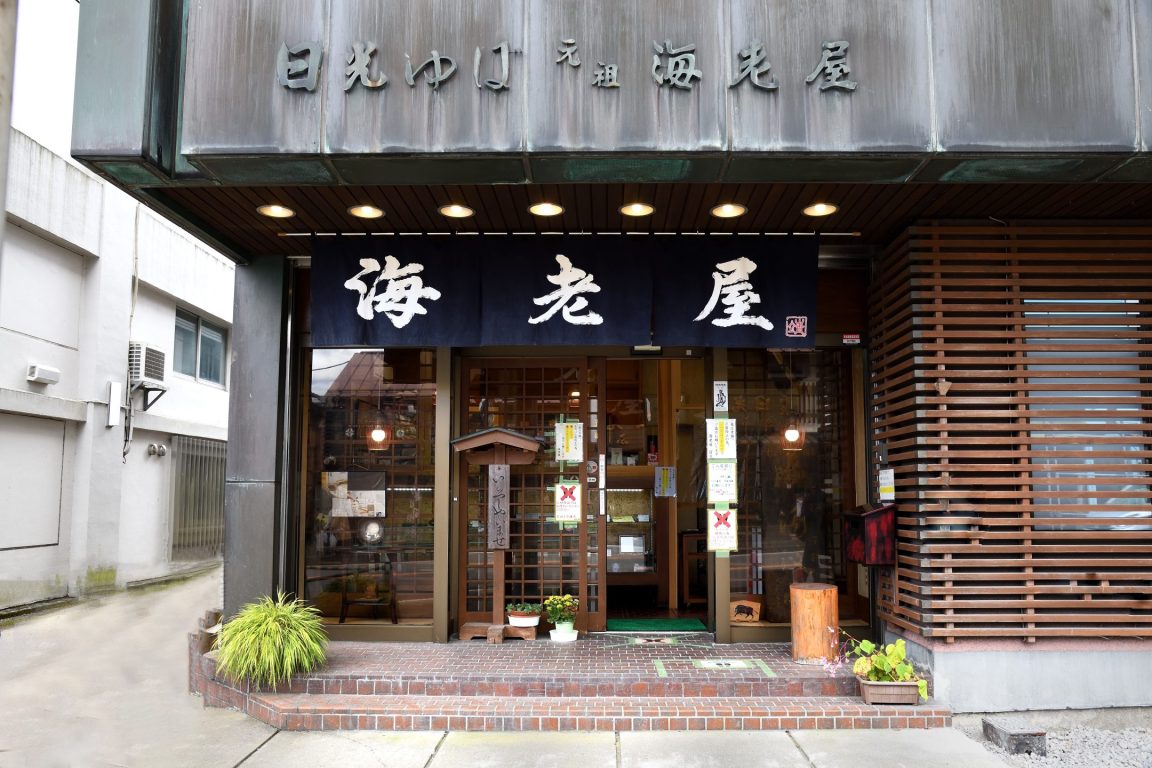
Ebiya Chozo also has a history of presenting yuba to the Imperial Family’s villa that once existed in Nikko. It is a shop well-loved by the locals that today supplies yuba to lodges and restaurants.
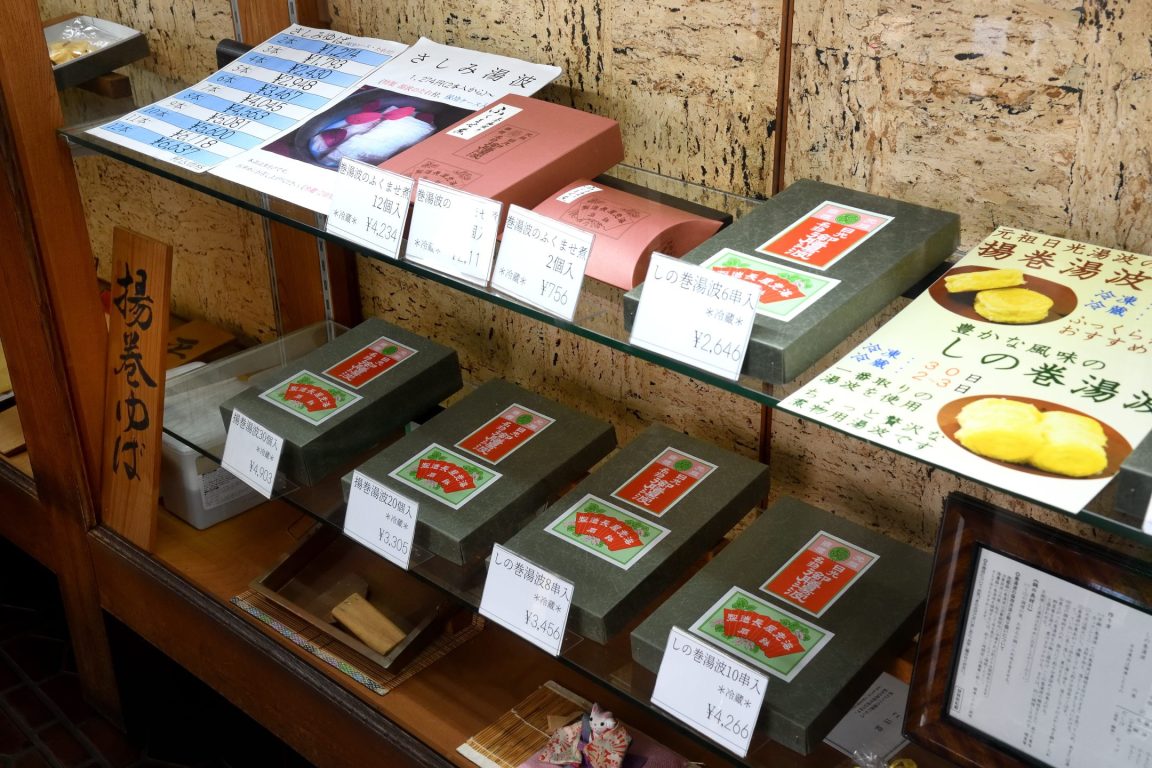
At Ebiya Chozo, the fundamental process of making yuba has not changed since its founding. The yuba is manufactured at a workshop in the shop. It is made from subsoil water that originates from the famous mountain of Nikko, Mt. Nyoho and high-quality, domestically grown soybeans that have a strong sweetness. The yuba is sold in the shop (*onsite dining is not offered).
The shop sells five or six types of yuba that differ in characteristics such as shape and flavor.
You should first try ‘sashimi yuba’ that was developed by the fifth-generation owner, Toshikazu Mori. Yuba is cut into easy-to-eat pieces and eaten with a special soy sauce-based sauce. When you try it, the first thing that will surprise you is the velvety mouth feel. Then, the sauce brings out a rich soy flavor that envelops the palate.
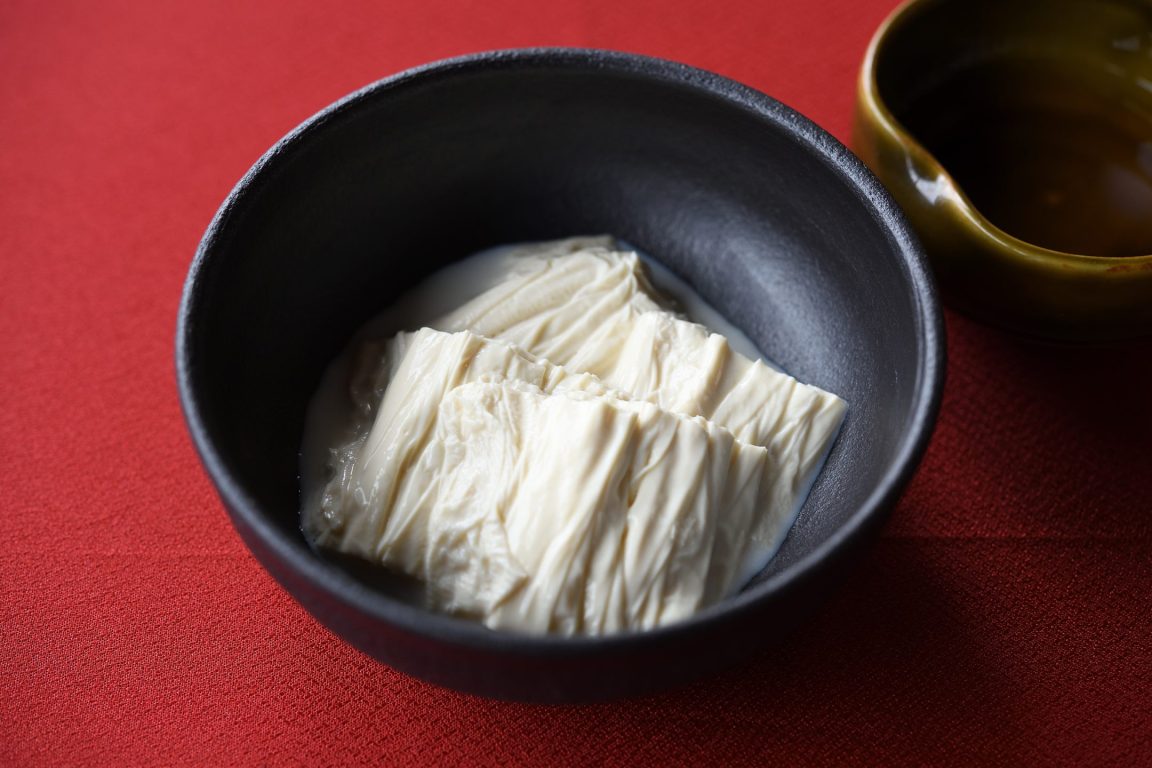
The ‘makiyuba no fukumaseni’ is also not to be missed. Yuba is carefully coiled and deep fried, then gently simmered in soup stock. The yuba fully soaks up the soup stock to create a rich flavor.
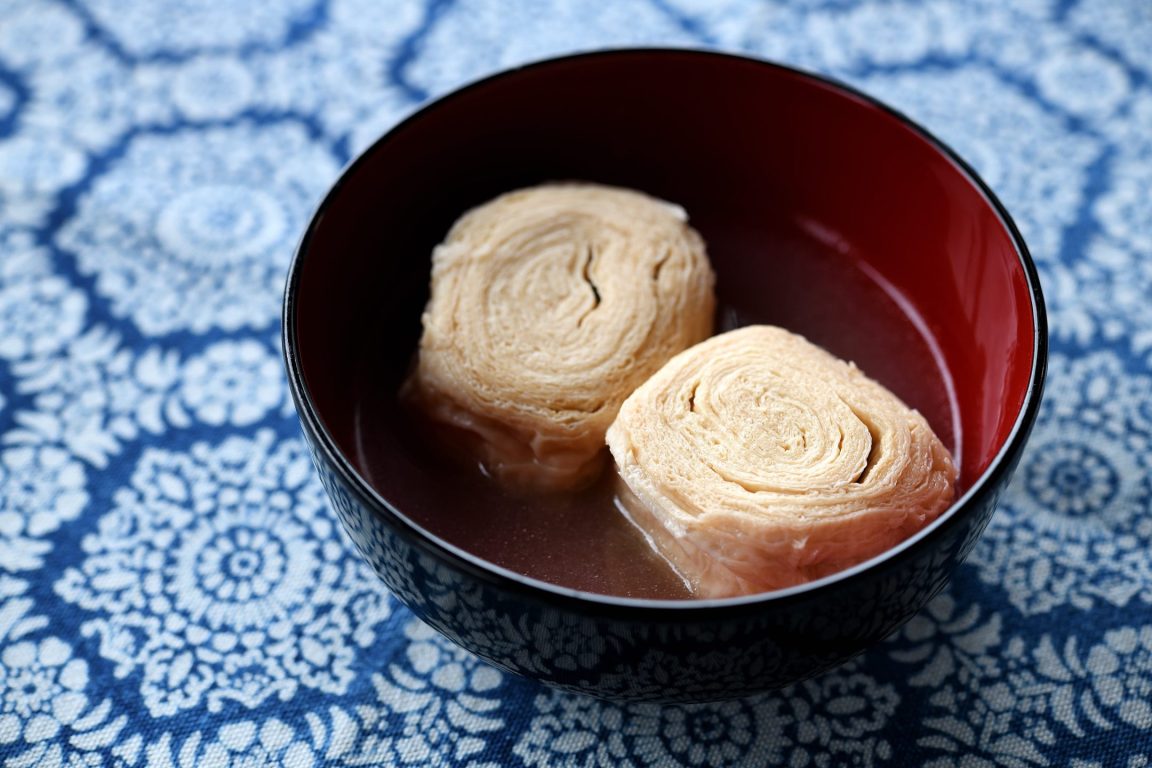
‘Taguri yuba’ is not available at the shop, but is supplied to neighboring lodgings and restaurants. Yuba that has been coiled into a cylindrical shape and cut is prepared and served by each establishment by simmering it in soup stock and deep frying it in oil. It is an excellent dish that was even eaten by the emperor in the Taisho period (1912–1926).
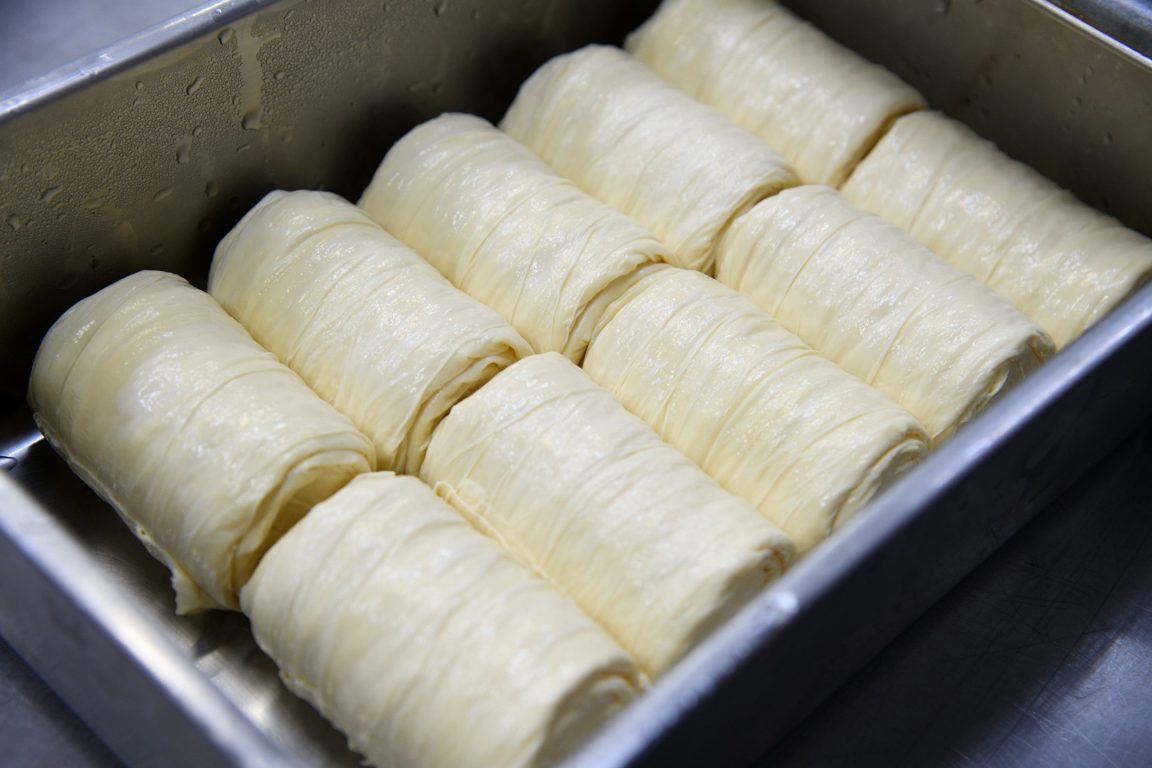
The seventh-generation owner, Keiichi Mori says, “We sincerely welcome visitors to Nikko and want them to experience the unique texture and rich flavor of yuba.”
Mori: We’d like to get the word out that yuba can be used in soups, salads, and other dishes in addition to simmered and deep-fried foods. Yuba can also be used in Chinese and Italian dishes, so we’d like to share its possible uses as an ingredient that’s not limited to Japanese foods.
Japanese sake has been appreciated by the Japanese people since ancient times and even appears in Japan’s oldest historical record, the Kojiki (712). Originally, sake was only drunk during religious rituals, but when commerce developed in the Kamakura period (1185–1333), sake brewing also prospered and drinking sake came to be an everyday occurrence.
There are many sake breweries in Tochigi Prefecture, and each one brews highly unique sake based on their own particular tastes. Among them is Katayama Shuzo, a long-standing brewery established in 1880 that not only produces sake, but also stands out for actively conducting new initiatives that include endeavors aimed at overseas markets.
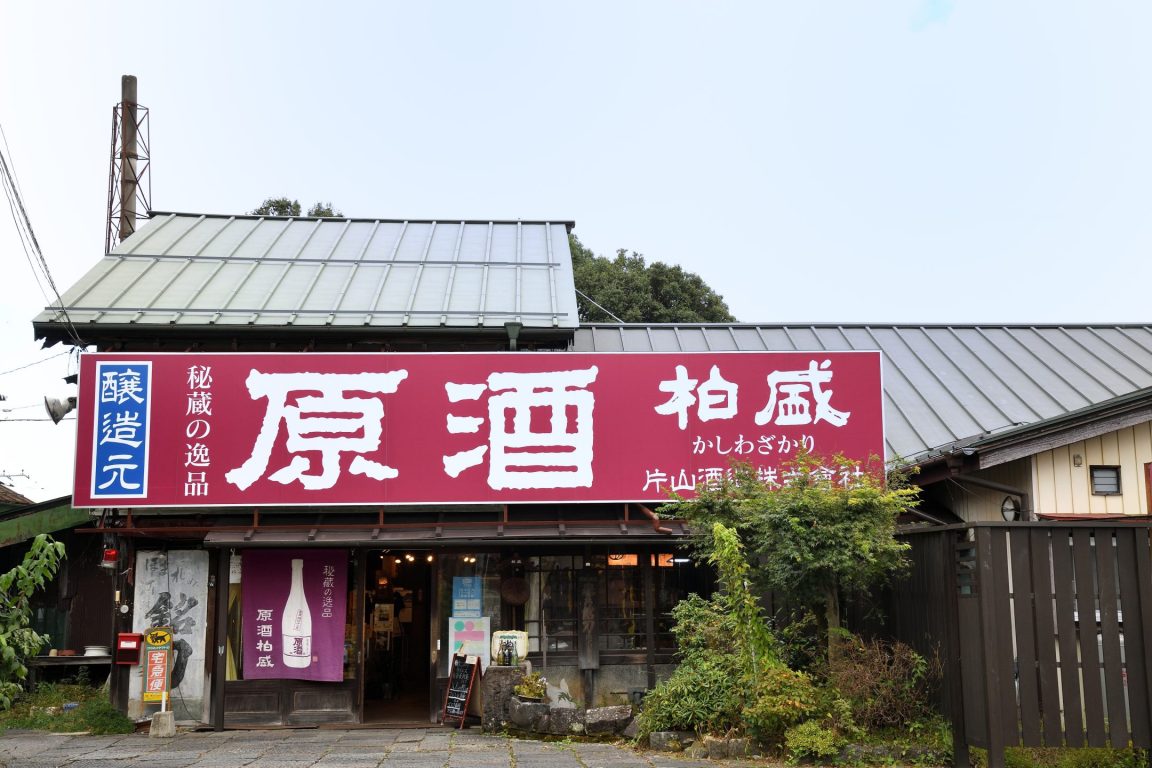
One reason for Katayama Shuzo being such a great brewery for tourists is its proximity to the nearest train station, which is about a ten-minute walk away. Plus, visitors can tour the brewery for free (*currently halted due to COVID-19).
The brewery tour is given by staff, including the seventh-generation owner, Tomoyuki Katayama. There is also an English leaflet and audio guide available so you can tour the brewery to gain an understanding of the brewery workings. You may even be able to sample freshly brewed sake, depending on the season.
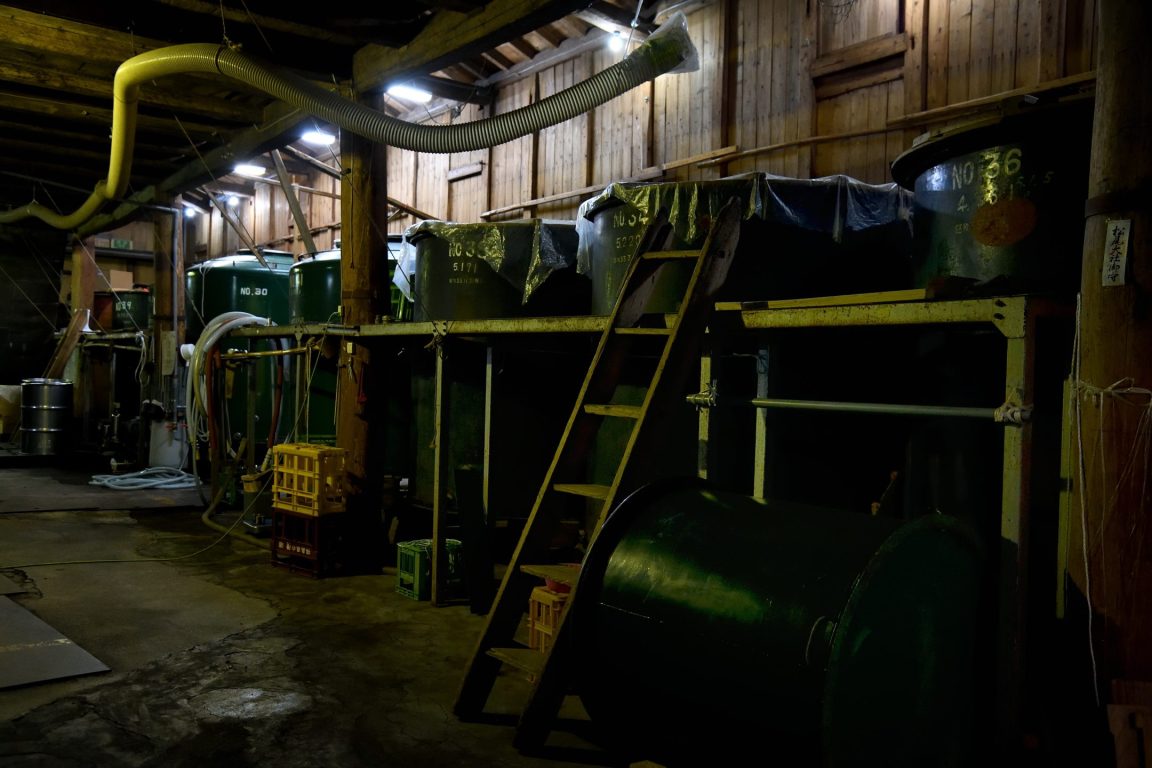
Katayama: We’re committed to achieving what major manufacturers can’t, from raw materials to manufacturing and sales. We primarily use the Yamada Nishiki variety of rice that’s said to be the best for making Japanese sake. We use special rice and ‘kobo’ (yeast) for brewing that were produced in Tochigi Prefecture, and subsoil water from the Daiya River that flows from the Nikko mountain range of mountains that stand over 2,000 meters high. The palatable soft water is drawn from 16 meters below ground and produces Japanese sake with a mild flavor and aroma.
Our brewery has been using the Sase method of manufacturing in the ‘shibori’ (pressing) process since its establishment. In the shibori process, ingredients such as kobo are mixed into the rice and left to ferment. Then the mixture is steamed, and the rice is pressed to separate the sake and sake lees. In the Sase method, pressing is painstakingly carried out by hand instead of machine.
Right now, around ten percent of sake brewers use the Sase method in Tochigi Prefecture, but we are committed to this method so that even more people will come to know the inherent flavors of Japanese sake that has been carefully brewed by hand.
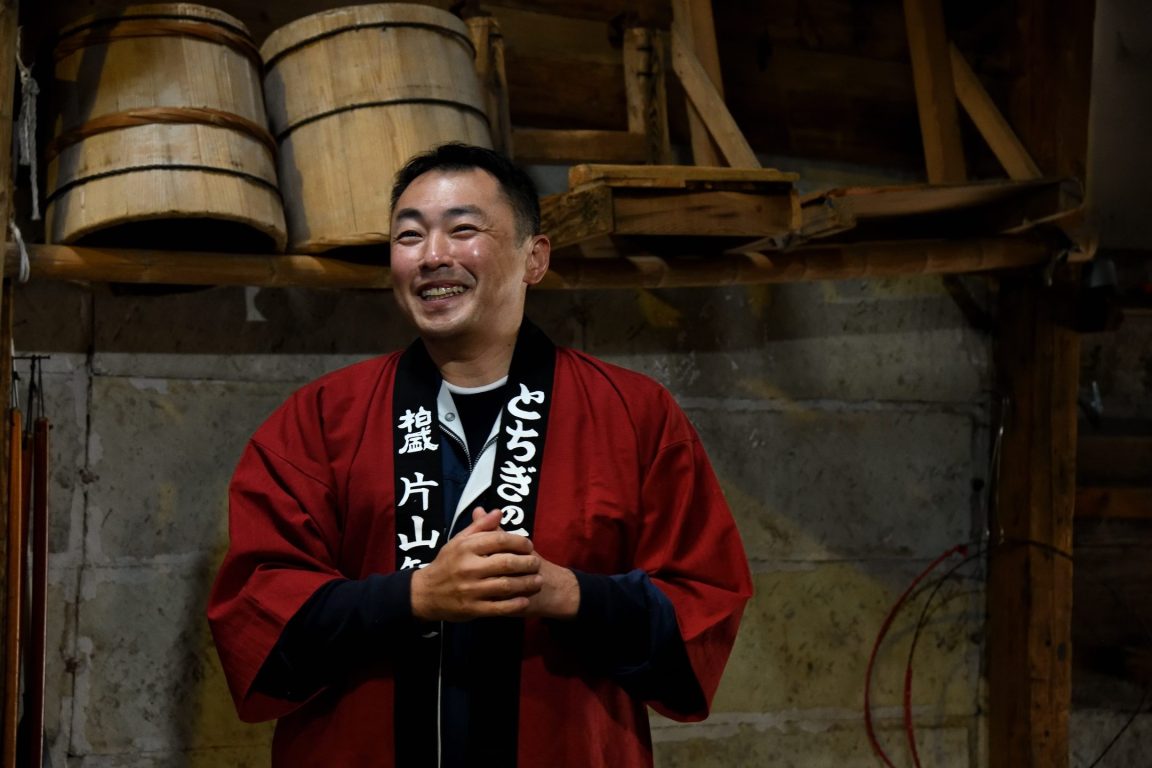
Generally, water is added after sake has been pressed to adjust the alcohol content. However, as a rule Katayama Shuzo has continued to sell ‘genshu’ sake that has not been diluted with water. Among their products is Sugao, which is a raw, unprocessed sake that bottles sake containing rare elements naturally exuded during the pressing process without filtering or heat treatment. It is a flagship product that has been well received for the natural aroma and flavor of sake.
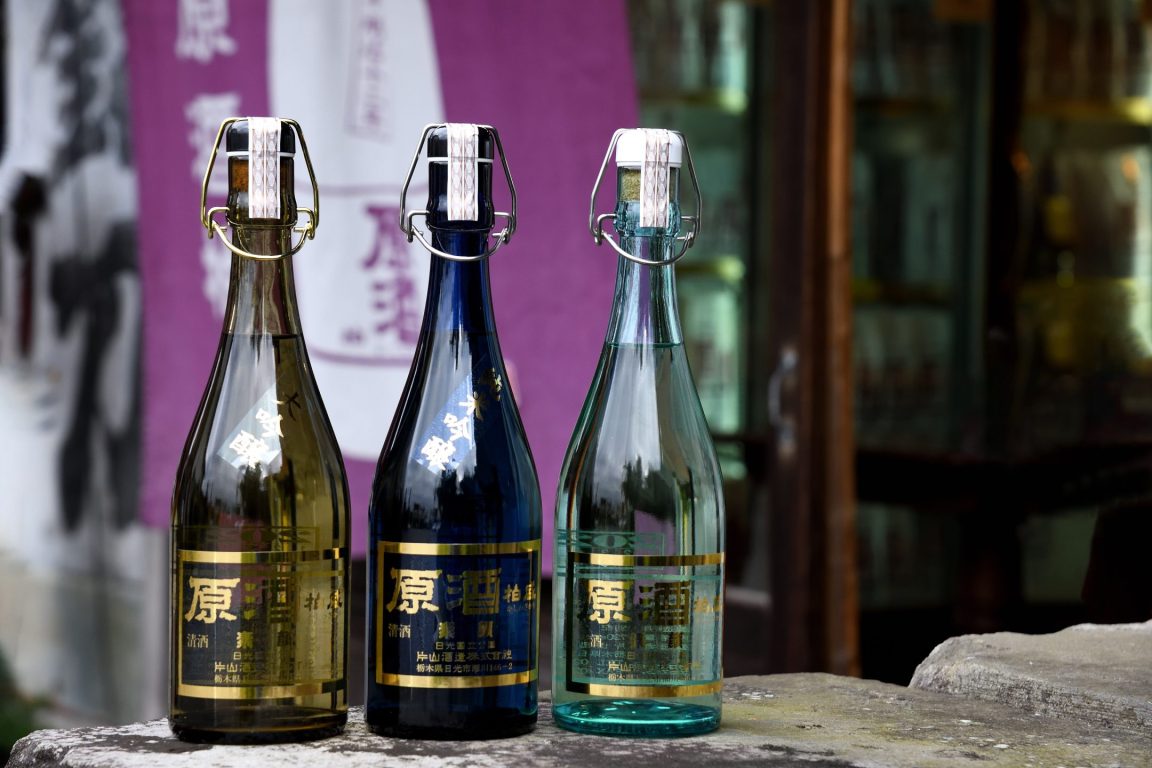
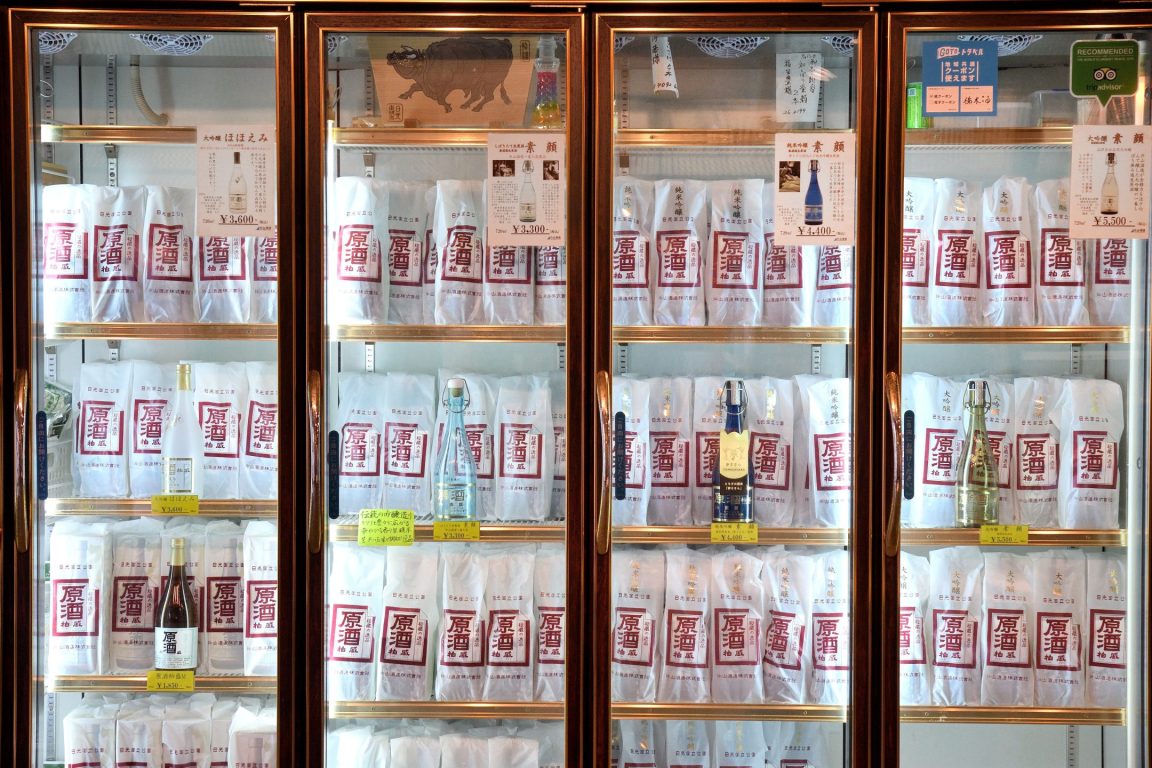
Katayama Shuzo is also set apart by conducting direct sales. When sake is distributed through ordinary routes and sold at liquor stores, nearly a month is required from shipping until the product hits store shelves. However, directly selling sake at its own shop enables the brewery to bring freshly brewed sake to customers.
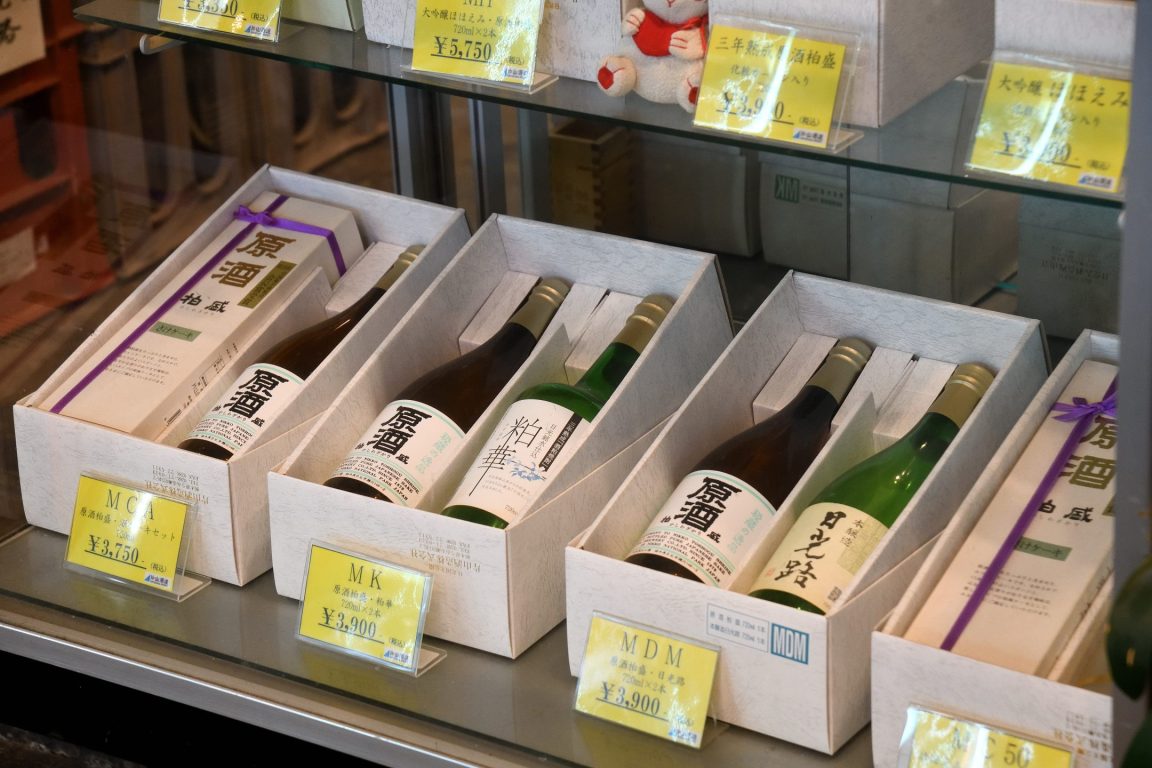
It is more than apparent that the creators of these three local specialty products are devoted to meticulously improving and widely sharing their products that have long been appreciated. These well-known specialties from Tochigi that have been favorites for so many years are prized products that have been created through the faithful adherence to fundamentals and endeavors to improve quality. Be sure to visit Tochigi and discover for yourself the reasons behind the delicious flavor experiences.